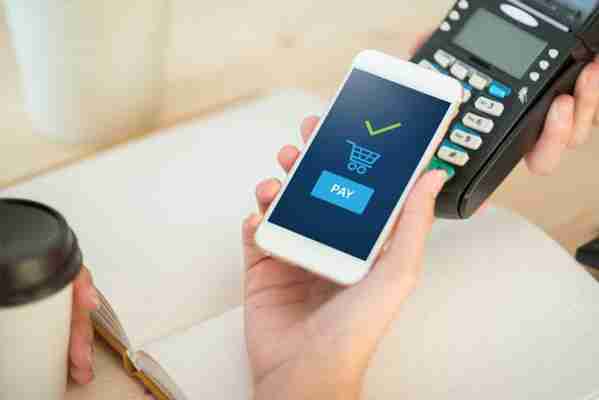In January, TechCrunch posted an article on Step, the cashless app targeting kids and their parents. The app is the latest in a long line of cashless apps that aim to usher the youngest generations into an increasingly cashless society.

Step’s founders say that today’s teens are still largely burdened by cash transactions. They say that their goal is to be a teen’s first bank account and spending card.
The benefit of this solution is that Step doesn’t charge overdraft fees. Also, parents can put in controls against unauthorized spending .
Step is competing against a handful of apps targeting teens. All of them aim to teach financial responsibility and give kids access to digital payments.
Here, we’ll look at whether cashless apps for kids are a logical solution for allowance and summer job earnings. However, there still may be value in doing things the analog way.

Are cashless accounts a good teaching tool?

Cashless apps for kids and teens are becoming popular enough that the New York Times ran a piece highlighting the trend.
Parents themselves aren’t dealing in physical cash for the most part. Who wants to mess around with cash and coins, anyway? The parents profiled in the NYT said that using apps made it easy to transfer money to kids — for allowance or unexpected emergencies. Additionally, apps can present savings in a visual way, whereas with cash, it can feel like an abstract concept.
Phys.org interviewed parents about their reasons for using cashless apps to send cash to kids . One parent said that they turned to the app Gohenry , another competitor, to help them “understand the value of money.”
However, a Prudential survey found that the opposite was true. The findings showed that contactless payments didn’t help kids develop the mental math skills associated with handling cash.
On the other hand, financial apps may be a good tool for teaching kids how they’ll likely use their own cash when they grow up. Our concept of money has changed dramatically in the past decade or so. It’s to the point that one wonders whether we’ll see physical cash at all in the coming decades.
In other parts of the world, there’s been a greater push toward a cashless society. For example, in France, it is now illegal to pay for anything over €1,000 in cash. Singapore and India are moving toward cashless societies, too. There’s also China’s mass adoption of tools like WePay and AliPay .
Are cashless accounts safe for kids?
The whole point of apps targeting kids and teens is that they are supposed to help them navigate the financial landscape. At the same time, they’re meant to allow parents to set limits.
Greenlight and Current, are teen-centered debit cards that parents to set chores, transfer money, and keep a watchful eye on their kids’ spending habits.
Parents also have the ability to block certain types of transactions or limit the amount of money their teen can pull out of an ATM. Basically, parents could block teens from buying airfare or bus tickets without their permission.
Assuming the parents are involved, kids are protected from things like overspending or unauthorized charges . Still, one parent from the NYT article mentioned that their child racked up a number of unexpected autopayments by signing up for free trial subscriptions. This is a lesson we’ve all learned at one point or another.
However, with the rise in digital transactions, parents also need to teach kids how to protect their accounts.
We can’t ignore that even kids have digital payment needs
According to a survey from TD Bank, 68% of parent participants said that their kids were just as comfortable or more handling digital transactions than cash. However, 80% of respondents said they did have some concerns about their children navigating a digital payment landscape.
Ultimately, these apps appear to present more advantages than negatives. Concerns like bad credit, impulse purchases, and poor savings habits are completely valid. However, establishing financial savvy comes down to educating kids about these things they’ll soon be dealing with in the “real world.”
There’s also the idea that it’s getting harder to ignore that kids do need access to digital payments . Sticking to cash alone is as unrealistic as trying to prevent them from using YouTube or Instagram.
More from Softonic
How to set up parental controls on iPhone and Android ►
7 best apps for parents of babies and toddlers ►
How to set up parental controls for Netflix ►
Instagram guide for parents ►
